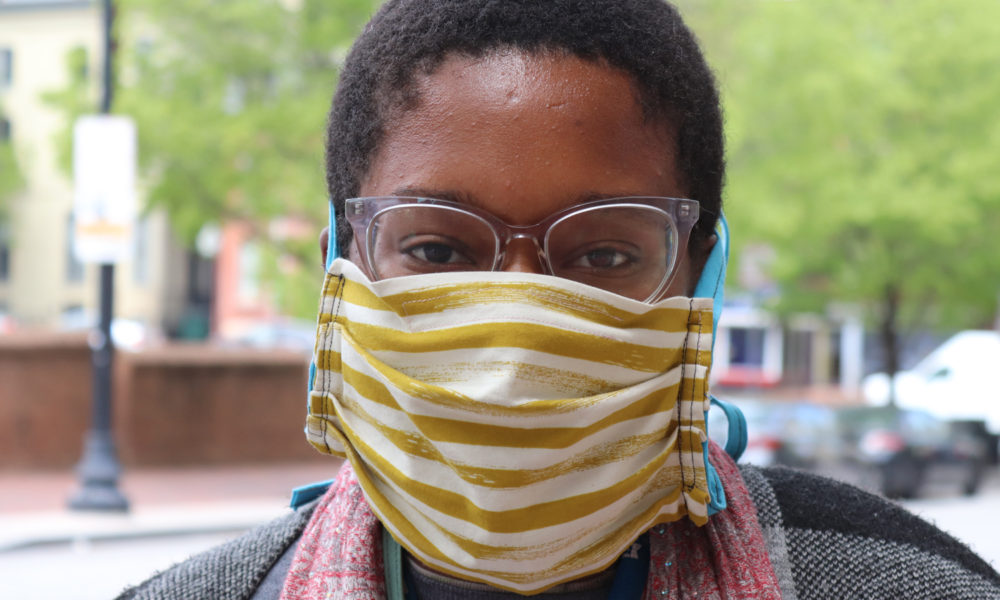During the early weeks of the pandemic several visual epidemiological models were reproduced across multiple media for public understanding and persuasion: the exposure curve and the contagion graphic and COVID-19 projection curves. Using models as predictive tools to “flatten the curve” became public shorthand for the reasoning behind behavioral parameters for pandemic mitigation including social distancing measures, mask-wearing, and stay-home orders. This infusion of evidence-based science into political action and policy was heartening and commendable.
While models are useful for guiding rapid public health responses, they are based on utilitarian thinking: the best outcome for the population as whole. They are broad brush approaches to guide emergency planning by relying on statistical modeling assumptions. They narrow the social realm to a calculable entity, homogenized such that cultural diversities fall aside. While during this crisis it’s judicious to consider the population overall, there is ample evidence to suggest that some communities are bearing a disproportionate health burden in this grand social experiment. Understanding negative health outcomes falling outside of the statistical curve, or metaphorically speaking, “fattening” the curve, will be an important goal for future research.
During the initial “stay-home” phase of the pandemic, some communities, such as African American and Native American communities, have experienced much higher infection and death rates than the population as a whole. This has been attributed to preexisting health disparities, such as the elevated prevalence of diabetes, obesity, and heart disease. While poverty and health inequities often align, I suspect this only tells a partial story of the pandemic’s toll on vulnerable communities. The primary tool given to “flatten the curve” and lower transmission was: to stay home, social distance, hand wash often and wear a mask. These were generic individual behavior modification decisions making them social context indifferent.
Communities, however, are not collections of individuals. Cultural norms and practices don’t easily conform to a monocultural behavior template mandated or suggested by government officials. After the pandemic subsides, we need to build reliable knowledge on the ground about successes and failures in “flattening the curve” in the hardest hit communities during the early phase of the pandemic. What social rhythms were disrupted and what suggested behavior modifications were difficult? Were they related to infrastructure (i.e. running water, transportation), patterns of financial support (i.e. hazardous employment, paydays), extended family living and caregiving, distrust of government, religious commitments, or other culturally specific activities?
Scientists could work with communities most devastated by the virus to understand the disconnect with the one-size-fits-all prescriptive measures during the early phase of the pandemic. This means doing public health research with specific communities, as full participants, from developing the problems set and questions asked about the failures/successes to analyzing both the preliminary health data and deciding what more needs to be understood. This can lead to more effective policy responses based on complexities of more vulnerable communities rather than relying on a one-size-fits-all mathematical model. Understanding disease response and developing better response for better outcomes, requires listening to people. Insights from local engagement can even help make models with local contexts and social norms accounted for making them more effective and predictive.
Funding for post-pandemic research should look to “fatten” the curve, to understand and explain the outlier health data in communities not represented by the statistical models and formulae driven response. Successful research projects will build capacity at the local level such that they can be full participants in hypothesizing, collecting, analyzing data and proposing better practices for limiting exposure and insuring the health of communities. Socially robust science that comes from collaborative research can better inform health recommendations that are deemed valid and trusted by the community.
Learning how to live with viruses and equitably lessening their impact may require different ways of living for more socially-just health outcomes.

